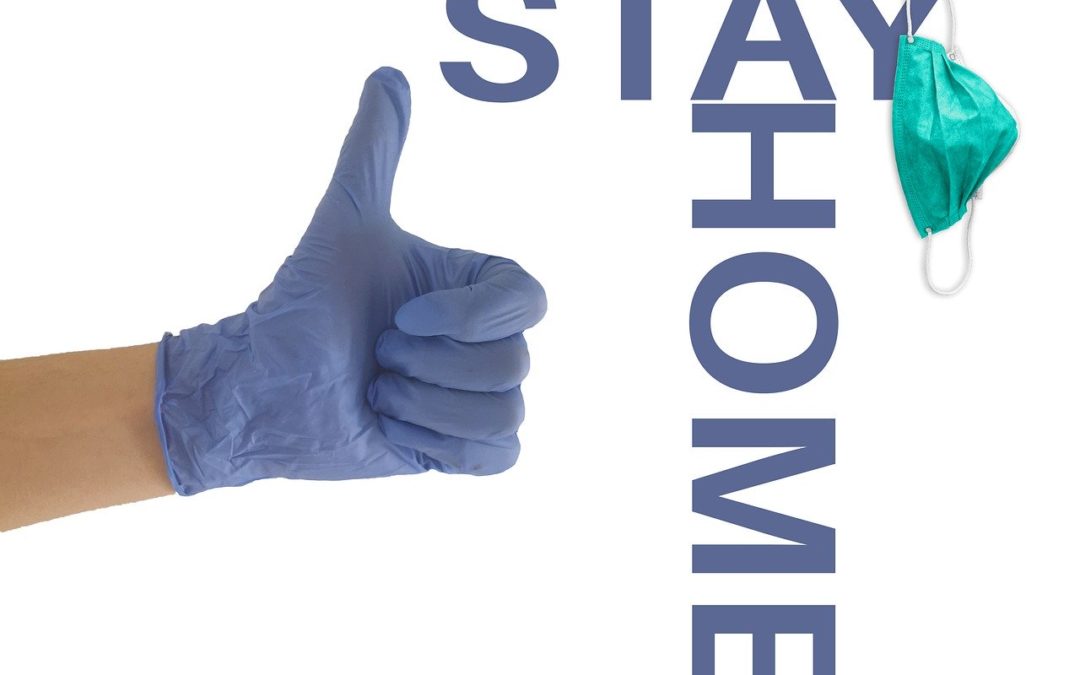Faced with a severe shortage of hospital beds in the COVID-19 pandemic, governors and mayors have had to convert public spaces, such as convention centers, into infirmaries. Now some people are suggesting that more permanent hospital beds be built, in anticipation of future crises.
While these reactions are understandable, they ignore non-hospital-based systems that can significantly increase hospital capacity more quickly and efficiently. One such solution is “hospital at home,” a well-studied model of care that transforms the patient’s own bed into a hospital bed.
Most hospitalizations for patients with mild or moderate illness require a set of initial tests, a daily evaluation from a doctor, intravenous medication on occasion and check-ins from a nurse a few times a day. All of this can be provided in a patient’s home with current technology. Some hospitals have carried this out with virtual physician visits, remote measuring of vital signs and 24/7 central monitoring stations.
The hospital-at-home model may be particularly useful for coronavirus patients, who would benefit from medical supervision, but may not need to be admitted to the hospital. Many COVID-19 patients are hospitalized between 10-13 days. The hospital-at-home model would allow shorter length of stays for those patients who are on the road to recovery, and thus free up beds for new patients.
Not surprisingly, clinicians in countries overwhelmed with COVID-19 patients have recognized the need for “community-based care” deployed in the bedroom as opposed to hospital-focused care.
The home-based approach is not new. It has been used effectively in hospitals such as Presbyterian Healthcare Services in Albuquerque, N.M., Mount Sinai Health System in New York City, Johns Hopkins Hospital in Baltimore and the Advocate Christ Medical Center near Chicago. Outside the U.S., Canada, Australia and Israel have well-established programs.
In those places, the hospital-at-home team works with the patient and family caregivers to ensure that the home environment is safe and that someone is available to be with the patient, if needed. If family caregivers do not have the resources, home health aides could be deployed or a social worker could help the family and patient find short-term support if they are interested in the program.
A one-year evaluation of the hospital-at-home program in Victoria, Australia, found the program accounted for 5% of all bed-days, equivalent to a 500-bed hospital. Conditions commonly treated include dehydration, community-acquired pneumonia, skin infection, or exacerbations of chronic obstructive pulmonary disease or congestive heart failure.
Patients under home-based care can avoid hospitalization risks, such as falls, delirium and, during the coronavirus pandemic, infection. Surveys have also found that these patients are generally more satisfied with physician communication, have fewer readmissions to the hospital and have better clinical outcomes.
Beyond these benefits, hospital-at-home programs can offer significant savings. If adopted fully, this approach could save 19% on each patient served compared with patients admitted to a hospital. Yet most insurance plans and the federal government are only willing to pay for this level of care in the traditional and expensive hospital setting.
Existing solutions to pay for acute care at home could be adopted immediately. In the meantime, states can support this model by providing equipment to hospitals to assist with remote care and allocating part of their coronavirus emergency health team to providing care in patients’ homes.
Even after the coronavirus crisis abates, we will need health care systems that can expand easily with demand and, just as important, contract when episodic demand subsides. As the aging population grows, the annual number of hospitalizations is projected to increase 67% by 2050.
Decades of research and experience have shown that building more hospital beds is not the answer. Unnecessary hospital capacity has only added unnecessary expense to the nation’s bloated health care budget without improving health outcomes. Since the 1970s, state regulations have worked to reduce the number of beds by about 10% to curb ballooning health care costs.
Adopting the hospital-at-home model could help respond to the short-term health crisis and the long-term cost crisis. Better care for many patients may lie not in more hospital beds, but in their own bedrooms.
By Sirina Keesara and Nicholas Bott, Published 7:00 pm CDT, Thursday, April 23, 2020
Source: mySA

